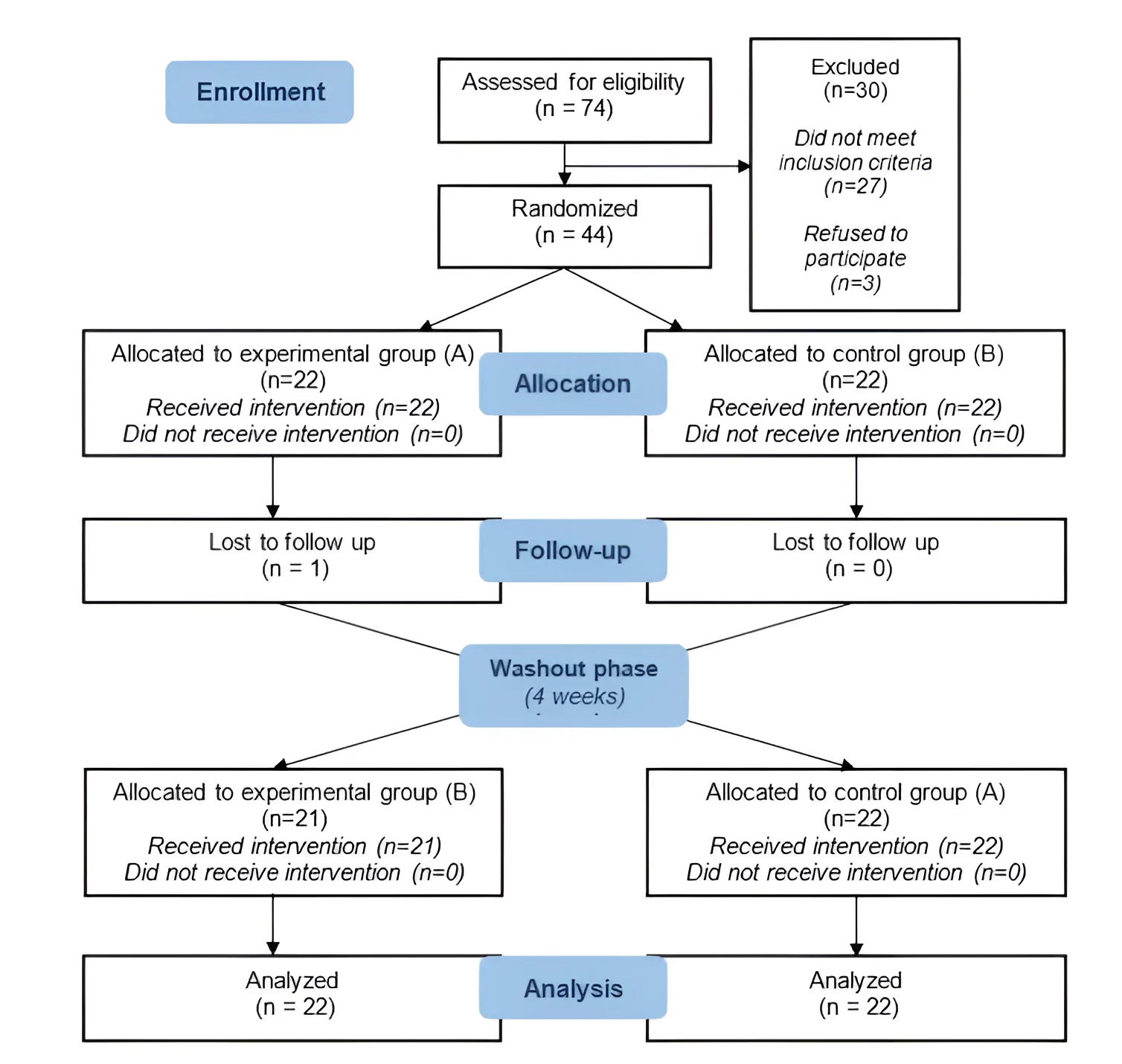VOLUME 17 (Supplement)

SciEnggJ 17 (Supplement) 131-138
available online: April 24, 2024
DOI: https://doi.org/10.54645/202417SupEJR-14
*Corresponding author
Email Address: kriziaramosdagumanmd@yahoo.com
Date received: January 28, 2024
Date revised: February 29, 2024
Date accepted: March 03, 2024
ARTICLE
Intradialytic massage for leg cramps among hemodialysis patients: A single-center, randomized crossover trial
2Providence Hospital, Quezon City, Metro Manila, Philippines
3University of the Philippines-Philippine General Hospital, Manila,
Philippines
Background: Leg cramps are commonly experienced by hemodialysis patients, and its persistence may lead to treatment noncompliance. Limited studies are available examining the efficacy of intradialytic massage on reducing leg cramps.
Objectives: To determine the efficacy of intradialytic leg massage on reducing leg cramps among patients undergoing maintenance hemodialysis at the East Avenue Medical Center.
Methodology: This is a single-center, randomized crossover trial. A total of 44 adult patients were randomized in a 1:1 ratio into two groups—Group A (intradialytic massage followed by control) and Group B (control followed by intradialytic massage). Each patient underwent the first assigned intervention for 2 weeks, followed by a washout period of 4 weeks, then the second intervention was performed for another 2 weeks. The primary outcomes were the change in frequency, duration, and intensity of cramps. The secondary outcome was patient quality of life.
Results: A higher proportion of patients during the intervention period did not experience cramps post-intervention than during the control period; however, the results were not statistically significant (p=0.2059). The median change in frequency, duration, and intensity of leg cramps did not significantly differ between intervention and control (p>0.05). Moreover, quality of life measures were not significantly different between the two groups (p>0.05).
Conclusion: Intradialytic massage alone is not efficacious in reducing leg cramp frequency, duration, and intensity. Moreover, intradialytic massage failed to improve the quality of life of patients undergoing hemodialysis treatment. Underlying factors that lead to leg cramps should be addressed through comprehensive and individualized interventions.
© 2025 SciEnggJ
Philippine-American Academy of Science and Engineering